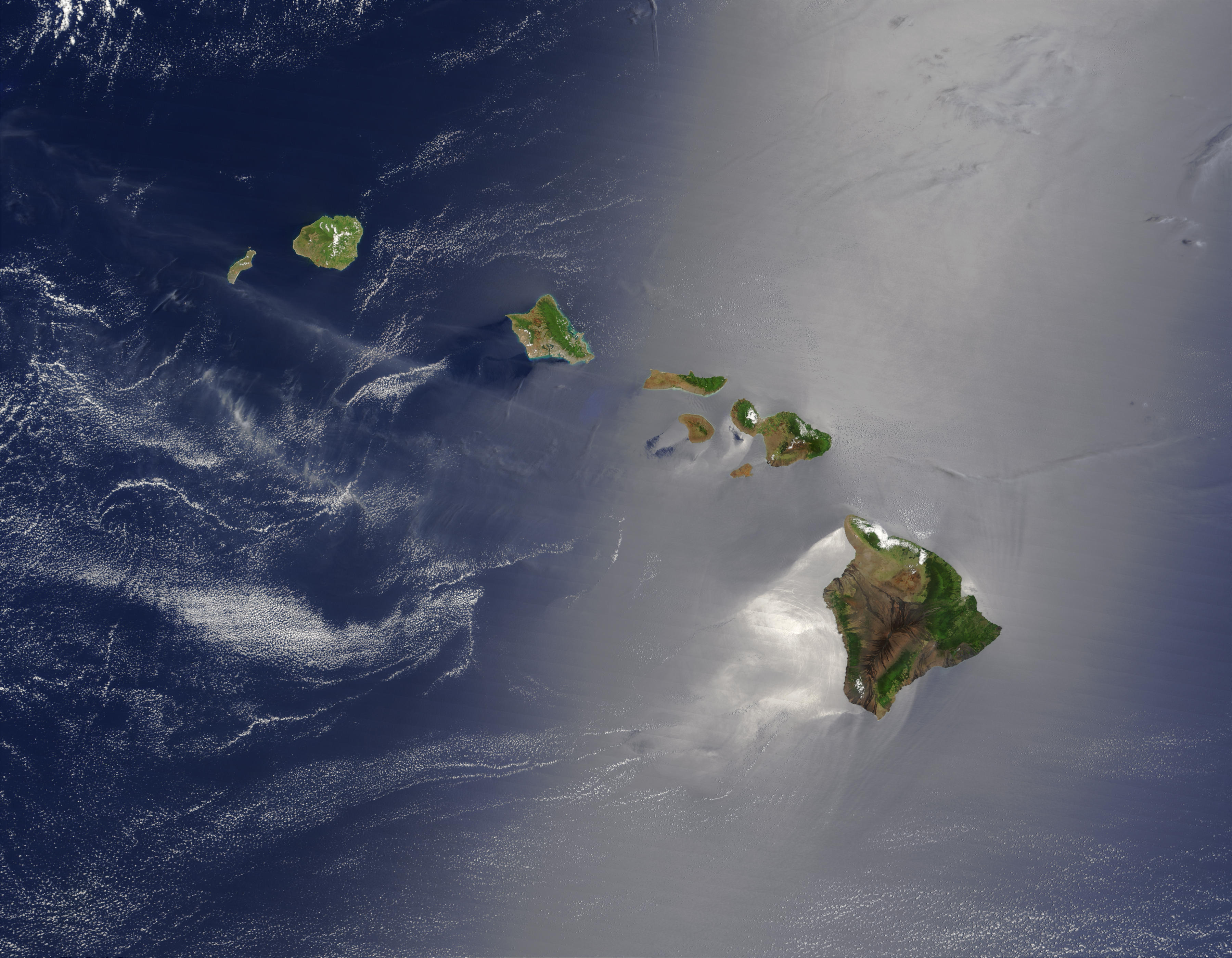cladogenesis on:
[Wikipedia]
[Google]
[Amazon]
 Cladogenesis is an
Cladogenesis is an
 Cladogenesis is an
Cladogenesis is an evolution
Evolution is the change in the heritable Phenotypic trait, characteristics of biological populations over successive generations. It occurs when evolutionary processes such as natural selection and genetic drift act on genetic variation, re ...
ary splitting of a parent species
A species () is often defined as the largest group of organisms in which any two individuals of the appropriate sexes or mating types can produce fertile offspring, typically by sexual reproduction. It is the basic unit of Taxonomy (biology), ...
into two distinct species, forming a clade
In biology, a clade (), also known as a Monophyly, monophyletic group or natural group, is a group of organisms that is composed of a common ancestor and all of its descendants. Clades are the fundamental unit of cladistics, a modern approach t ...
.
This event usually occurs when a few organisms end up in new, often distant areas or when environmental changes cause several extinctions, opening up ecological niches for the survivors and causing population bottlenecks and founder effect
In population genetics, the founder effect is the loss of genetic variation that occurs when a new population is established by a very small number of individuals from a larger population. It was first fully outlined by Ernst Mayr in 1942, us ...
s changing allele frequencies of diverging populations compared to their ancestral population. The events that cause these species to originally separate from each other over distant areas may still allow both of the species to have equal chances of surviving, reproducing, and even evolving to better suit their environments while still being two distinct species due to subsequent natural selection
Natural selection is the differential survival and reproduction of individuals due to differences in phenotype. It is a key mechanism of evolution, the change in the Heredity, heritable traits characteristic of a population over generation ...
, mutation
In biology, a mutation is an alteration in the nucleic acid sequence of the genome of an organism, virus, or extrachromosomal DNA. Viral genomes contain either DNA or RNA. Mutations result from errors during DNA or viral replication, ...
s and genetic drift
Genetic drift, also known as random genetic drift, allelic drift or the Wright effect, is the change in the Allele frequency, frequency of an existing gene variant (allele) in a population due to random chance.
Genetic drift may cause gene va ...
.
Cladogenesis is in contrast to anagenesis, in which an ancestral species
A species () is often defined as the largest group of organisms in which any two individuals of the appropriate sexes or mating types can produce fertile offspring, typically by sexual reproduction. It is the basic unit of Taxonomy (biology), ...
gradually accumulates change, and eventually, when enough is accumulated, the species is sufficiently distinct and different enough from its original starting form that it can be labeled as a new form - a new species. With anagenesis, the lineage in a phylogenetic tree
A phylogenetic tree or phylogeny is a graphical representation which shows the evolutionary history between a set of species or taxa during a specific time.Felsenstein J. (2004). ''Inferring Phylogenies'' Sinauer Associates: Sunderland, MA. In ...
does not split.
To determine whether a speciation event is cladogenesis or anagenesis, researchers may use simulation, evidence
Evidence for a proposition is what supports the proposition. It is usually understood as an indication that the proposition is truth, true. The exact definition and role of evidence vary across different fields. In epistemology, evidence is what J ...
from fossils, molecular evidence from the DNA of different living species, or modelling. It has however been debated whether the distinction between cladogenesis and anagenesis is necessary at all in evolutionary theory.
See also
* Anagenesis *Evolutionary biology
Evolutionary biology is the subfield of biology that studies the evolutionary processes such as natural selection, common descent, and speciation that produced the diversity of life on Earth. In the 1930s, the discipline of evolutionary biolo ...
* Speciation
References
{{Phylogenetics Evolutionary biology concepts Phylogenetics